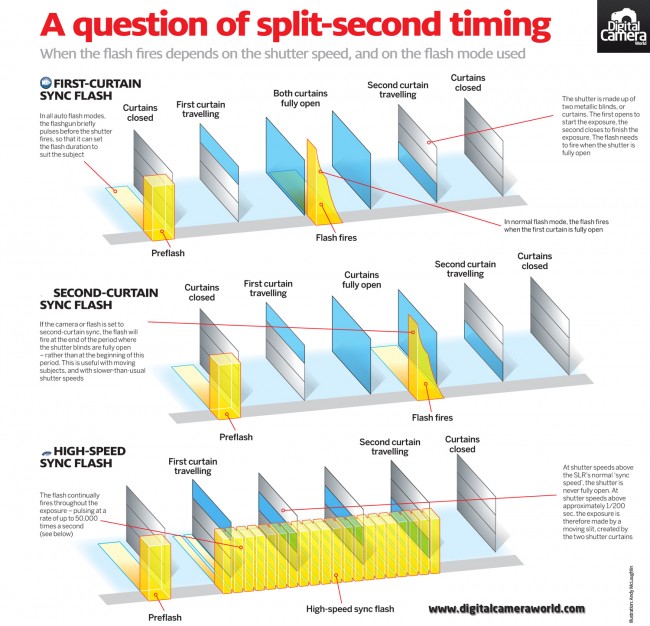Join Us To Discover Crucial Digital Photography Ideas That Will Unlock Your Camera'S Potential-- Prepare To Catch Magnificent Images In No Time!
Join Us To Discover Crucial Digital Photography Ideas That Will Unlock Your Camera'S Potential-- Prepare To Catch Magnificent Images In No Time!
Blog Article
https://www.theverge.com/2020/4/16/21223626/ipad-pro-halide-camera-lidar-sensor-augmented-reality-scanning -Christian Ploug
When you first get your camera, it can feel overwhelming with all the setups and options readily available. You may find yourself wondering how to navigate aperture, shutter speed, and ISO efficiently. Grasping these fundamentals is essential, however there's even more to digital photography than simply technical knowledge. Understanding composition strategies and lighting problems can elevate your images substantially. So, suppose you could discover straightforward approaches to enhance your skills and start catching remarkable images faster than you think? Allow's explore how to change your digital photography trip.
Understanding Video Camera Setups
Comprehending your cam setups is important for catching spectacular images. When you grab your camera, acquaint yourself with the 3 primary settings: aperture, shutter rate, and ISO. Each plays an essential function in how your photos end up.
Begin with aperture, which regulates the amount of light entering the lens. A larger aperture (reduced f-number) allows much more light and develops a stunning history blur, excellent for pictures. Conversely, a narrower aperture (higher f-number) maintains even more of the scene in focus, perfect for landscapes.
Next, focus on shutter speed. This setting figures out the length of time your cam's sensor is exposed to light. A fast shutter rate ices up activity, which is excellent for action shots, while a slow shutter rate can develop stunning results like smooth water in landscapes.
Last but not least, adjust your ISO. This setup influences your electronic camera's sensitivity to light. A higher ISO serves in low-light situations but can present noise or grain. Aim for the lowest ISO possible while still achieving proper exposure.
Structure Techniques
When you're out capturing, structure can make all the distinction in how your pictures reverberate with audiences. Begin by utilizing the guideline of thirds; picture your framework separated right into nine equivalent areas with 2 horizontal and 2 upright lines. Placement key elements along these lines or at their crossways to produce equilibrium and passion.
Next off, consider leading lines. These natural lines in your scene, like roadways or rivers, draw the viewer's eye into the photo, directing them with the story you're informing.
Don't forget about framing; usage aspects within your scene, like trees or windows, to produce a frame around your subject, adding depth and focus.
Also, keep an eye on your background. A messy background can distract from your primary topic, while a basic one assists it stick out.
Lastly, explore balance and patterns; they can produce a striking photo that records focus.
Mastering Illumination Conditions
Understanding lighting problems is vital for recording sensational photographs, as the right light can transform a normal scene into something phenomenal.
Beginning by observing natural light at different times of the day. Mornings and late afternoons provide the very best light, referred to as the golden hour. The soft, warm tones during these times can boost your images magnificently.
Don't avoid overcast days either; diffused light can decrease extreme shadows and create a pleasing result, particularly for portraits.
Trying out backlighting by placing your subject versus the light. This strategy can produce a dreamy halo result and include depth to your images.
Take visit the following site of your cam settings as well. Readjust the ISO, aperture, and shutter rate to match the lighting conditions. A higher ISO can aid in low light, however be cautious of grain.
Use a tripod in darker settings to avoid blur.
Last but not least, do not neglect synthetic illumination. Flash and continuous lights can be terrific tools for controlling light in challenging conditions.
Final thought
In conclusion, mastering your electronic camera does not have to be overwhelming. By understanding your settings, using make-up techniques, and harnessing the power of all-natural light, you'll swiftly raise your digital photography skills. Remember, practice makes best, so venture out there and explore your newly found understanding. With time and devotion, you'll be recording magnificent pictures that show your unique viewpoint. Take pleasure in the journey, and do not neglect to enjoy while you're at it!
